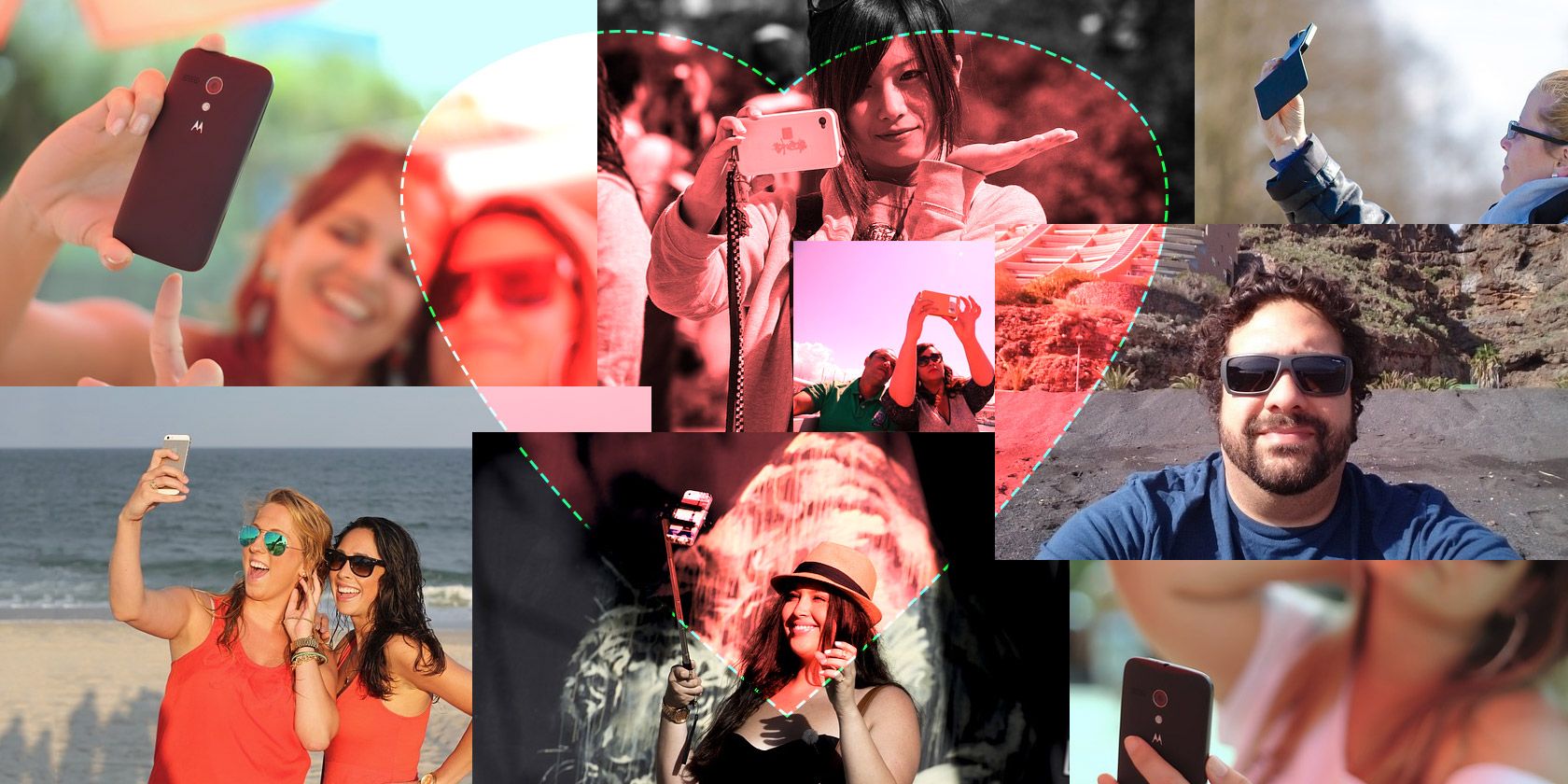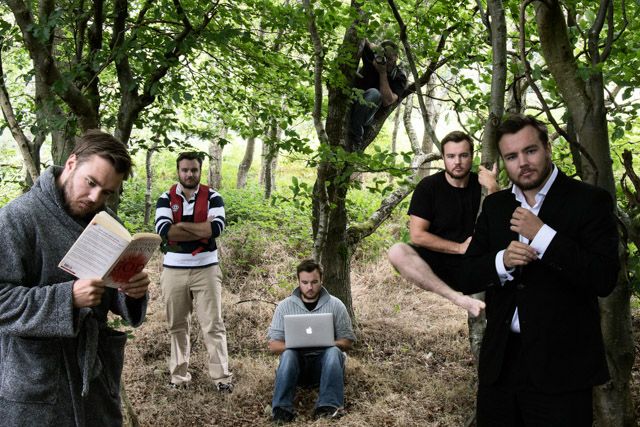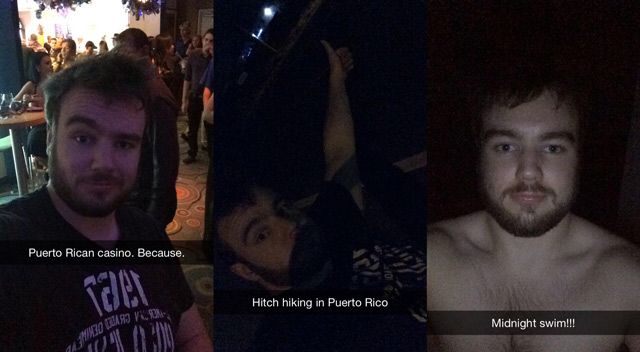Selfies get a lot of hate, most of it entirely unwarranted. My esteemed colleague Dave Parrack has a particularly dim view of the art form, typical of most denegrations of the art home. Selfies are all too often written off as the egotistical masturbation of brainless teenagers, but that's a superficial take on them.
As someone who takes at least a few selfies everyday, I'm here to correct this misconception. Selfies are an art form with deep history and personal meaning.
A Venerable Art Form
While the word "selfie" was only added to the Oxford English Dictionary in 2013, artists have been creating them for a lot longer. The earliest painted self-portraits date from the 1400s — before good mirrors it was hard for people to do them — and the first photographic self-portrait, and incidentally the first photographic portrait, was taken by Robert Cornelius in 1839.
Yes, selfies are more popular now than they ever have been before, but that's only because, for the first time, the tools to create them are so readily available. Victorian gentlemen were no less egotistical than your average teen, they just had to pony up for someone else to snap the picture.
It's true that not every selfie is a work of art, but that is true of every form of expression ever created. As much as we venerate the great painters of past ages, there were countless amateurs producing work unworthy of being hung anywhere but the privy. The great works don't elevate the poor works, but nor do the poor ones devalue the great ones. It is just that now, centuries later, all we see are the good ones. The bad ones have been quietly allowed to rot in peace.
Today some selfies have artistic merit and some don't. That's okay. A selfie taken with Snapchat is a different beast to a selfie taken with some artistic intention. They both have their place but to dismiss all selfies as worthless is the height of snobbishness.
A Truly Personal Picture
No matter how good smartphone cameras get, taking epic pictures of landmarks and tourist sites is next to impossible with them. Without access to a helicopter and a ten grand camera you'll never take a photo of the Eiffel Tower that looks as good as the one on a postcard in a gift shop.
In an age where an image of almost anything, or anyone, can be downloaded from Instagram in a moment there's little to stop people just posting images they found online to their Facebook page and claiming them as their own.
Want to give the appearance that you're on an epic jaunt around South-East Asia? Just find some photos online and upload them from your bedroom. Dutch student Zilla van den Born, as part of a university project, did just that. Zilla took things a step further by faking photos in Amsterdam or Photoshopping herself into other people's travel photos to really sell the idea she was in Asia. I'm sure you could get away with a lot less work.
This is where the selfie comes into its own. It's candid and honest. Yes, you could go to the effort of faking it like Zilla did but it's difficult and time-consuming task. A selfie taken at the Eiffel Tower isn't about the Eiffel Tower, it's about your personal trip there; how it made you feel, what you did, and how you want to remember it.
I'm a photographer. When I travel I take some deliberate, potentially commercial photos, but more than anything, I take selfies. My memories aren't tied up in some carefully edited shot but are instead connected to drunk selfies at five in the morning.
To Show Real Emotions
More than anything, selfies are used to communicate. Snapchat is one of the most popular messaging apps for a very good reason: selfies are a great way to chat with your friends. Most of the (many) selfies I take are snapchat messages.
Decoding the tone of someone's email or text message can be extremely hard. What one person thinks is an innocuous question can be interpreted as an interrogation by another. "So what did you do last night?" can, depending on where you place the emphasis, mean many different things. Emoticons and emoji go some way towards mitigating this problem but they can only convey a limited range of emotions.
If you really want to show your friends you're happy, sad, exasperated, tired, or anything else, a selfie of you smiling, frowning, hitting your head off your desk, lying in bed, or whatever best fits your mood is a far more engaging, emotional, and fun way to show how you feel. You're not stuck using a small yellow circle with weird eyes to make your point but instead create your own emoticons with the face they know and — one would hope — love.
The Final Frame
Selfies aren't just the preserve of mindless teenagers, drunk on hormones and a sense of their own importance. Anyone with a smartphone can, and should, be taking them. Not only are you celebrating an ancient art form, you create more personal mementos and can show your true feelings digitally.
Just because some people with selfie sticks act like complete pricks, don't write the medium off completely. Embrace the beauty of your own face, use the front facing camera, pout, and click the shutter.



